Proper Banjo Bridge Placement
Bridge placement is important to get the best sound out of your banjo. The intonation is improved by having the bridge in what is called the “sweet spot” on the banjo head. This is actually easy to do as a banjo has a floating bridge (it is held on by the tension of the strings) and with practice you will actually enjoy playing with the harmonics of our banjo fingerboard to place the bridge in the right place.

Many folks mark their bridge placement with a pencil line. This is fine for a starting point, but you must always use the harmonics for final bridge placement. You should check bridge placement when you install new strings, at minimum. Checking it periodically is a good idea. It helps develop your use of the “harmonics” technique and this is a technique used in songs as well. Head tightening will move the banjo head membrane so you should again double check your bridge placement when you are finished tightening the head or when you change the banjo head. Once you hear the difference in the sound…and you WILL hear it…with good bridge placement, you will be happy to make the adjustment.
Below are the directions for bridge placement from our maintenance manual that is available http://www.deeringbanjos.com/support/maintenance-manuals. You will find these and many other great things to help with seting up your banjo in the manuals which are available as a free download.
HOW TO SET THE BRIDGE
1. For an approximate setting, place the bridge perpendicular to the strings - 26 3/16” from the nut, in spite of the 26 1/4” fret scale length(these measurements are for a standard length 5-string banjo), because strings do not vibrate according to the exact calculations of physics. A general starting point on any banjo is to place the bridge the same distance away from the 12th fret as the nut is from the 12th fret.
2. To get the bridge set exactly, use harmonics: On the first and fourth strings, play the 12th fret harmonic by lightly touching the string above the 12th fret while plucking the string. This should ring clearly, and is called harmonics or sometimes referred to as "chimes". It is o.k. if your bridge is not exactly perpendicular to the strings.
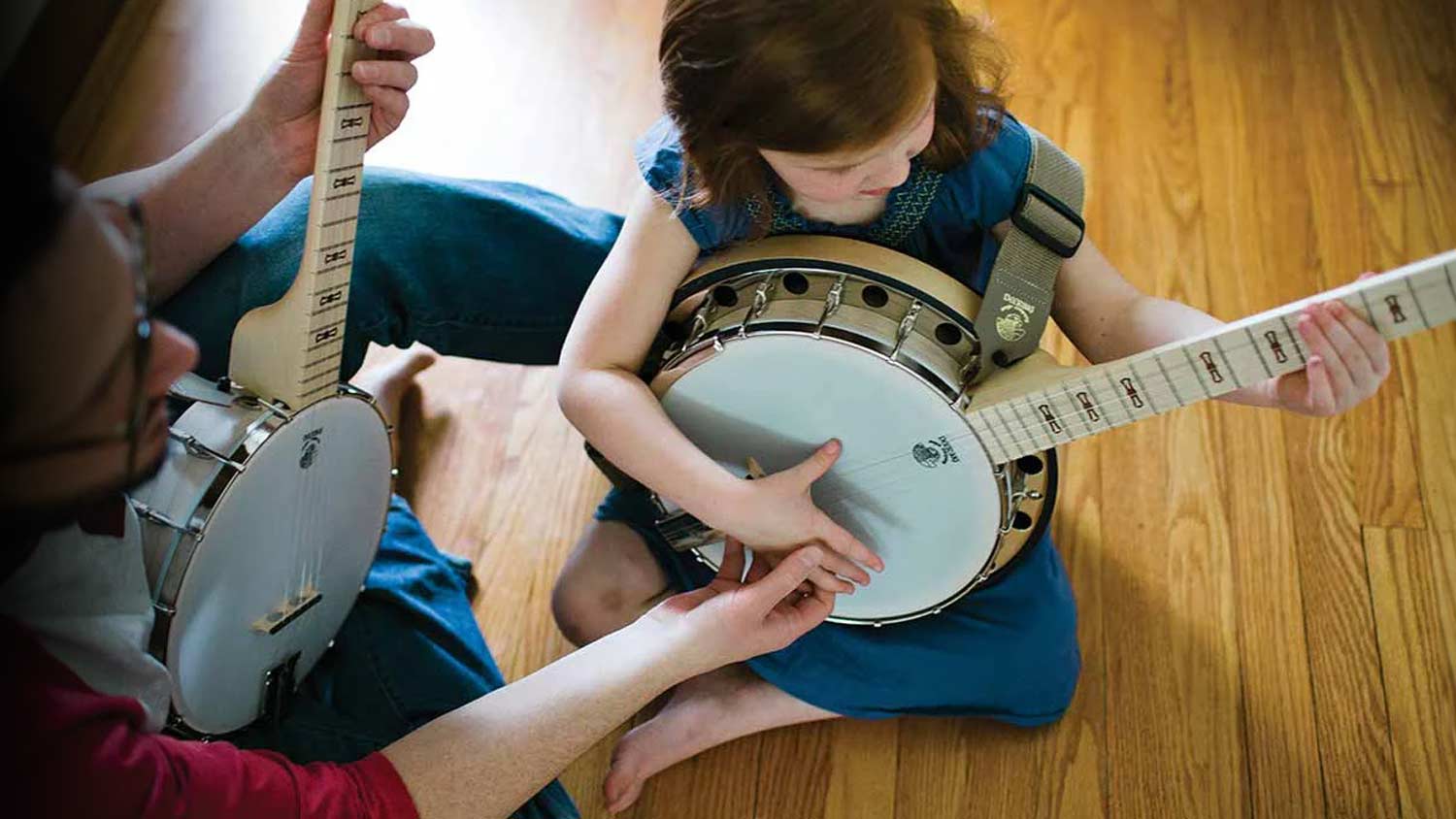



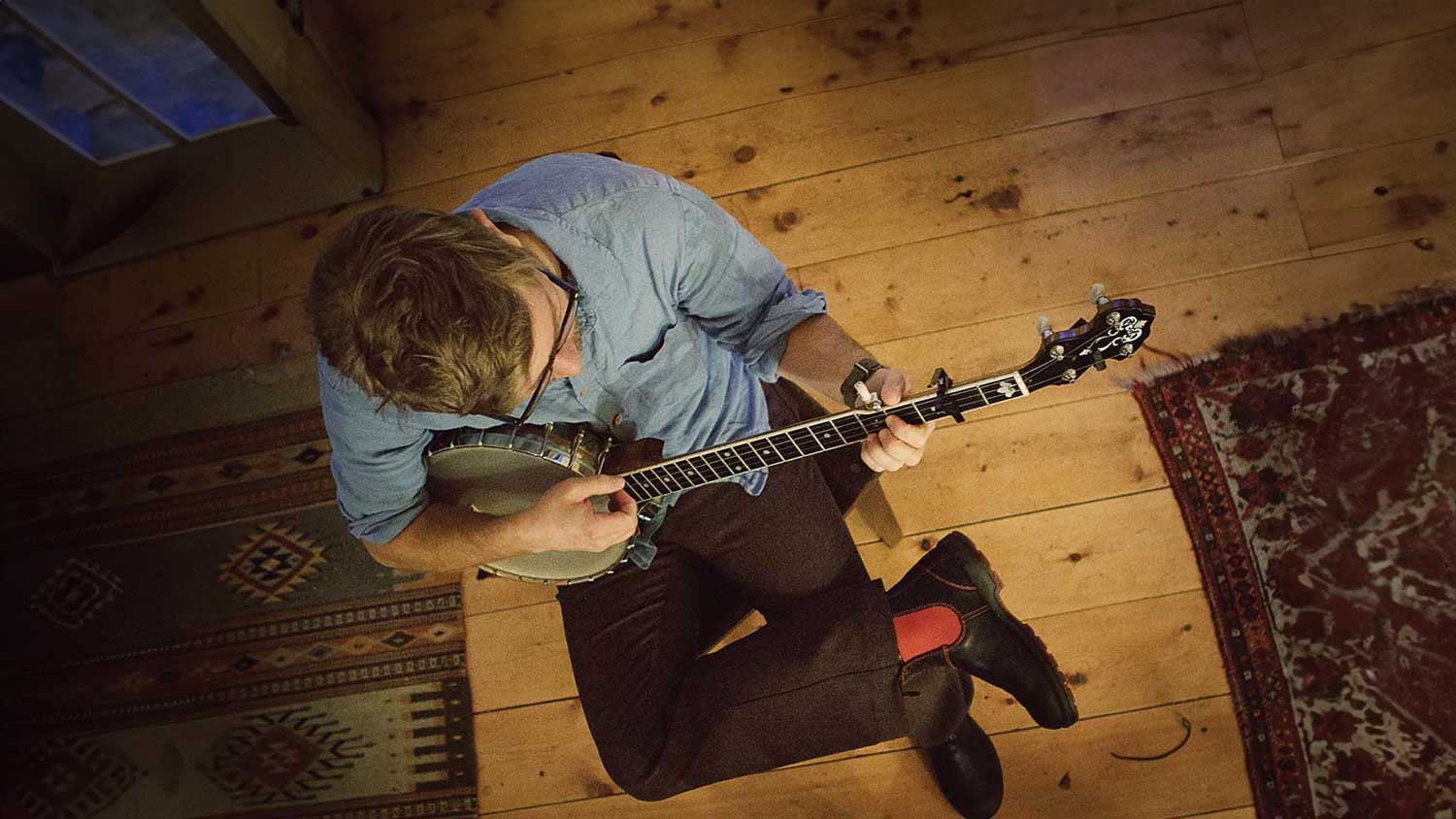
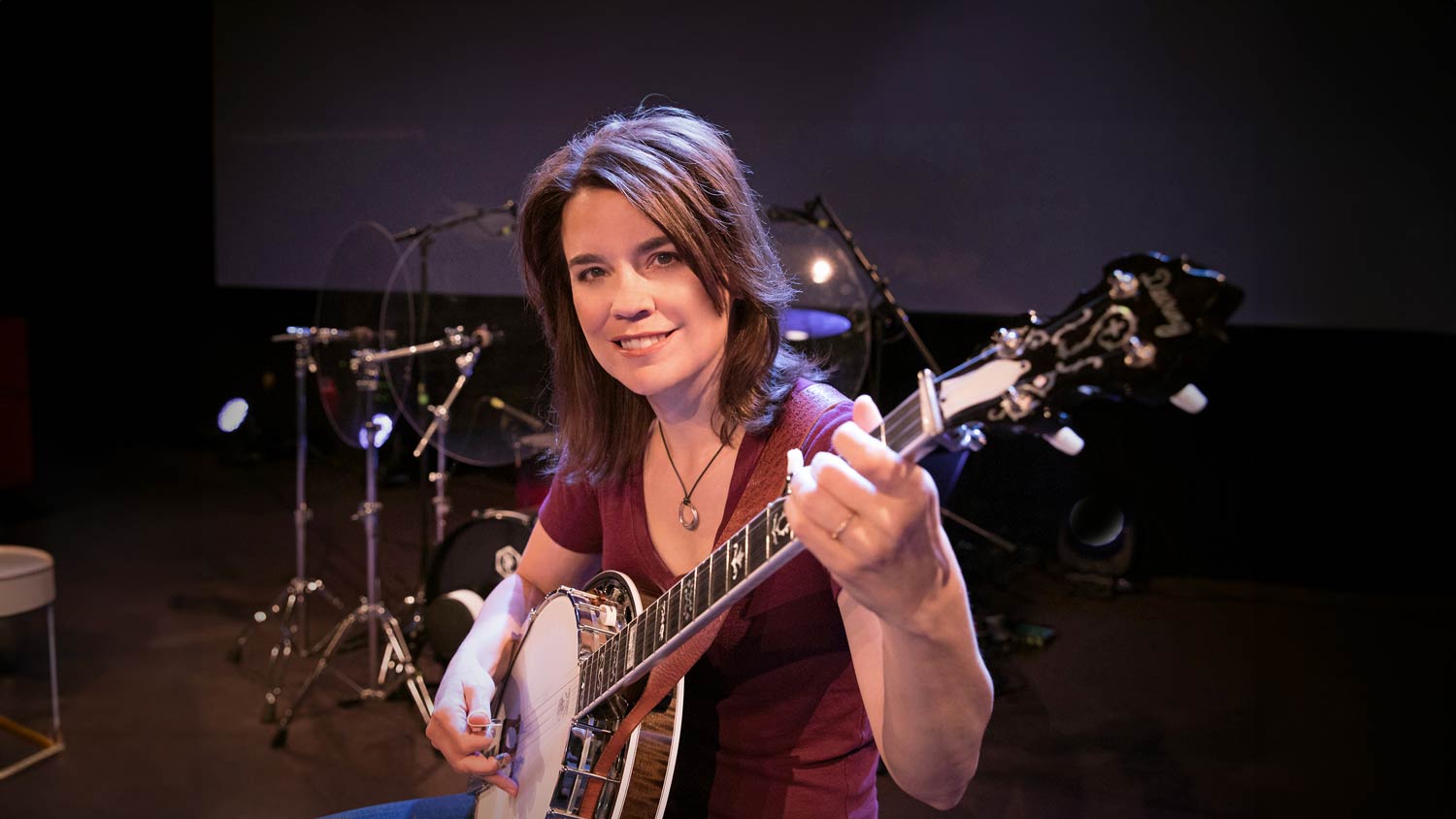

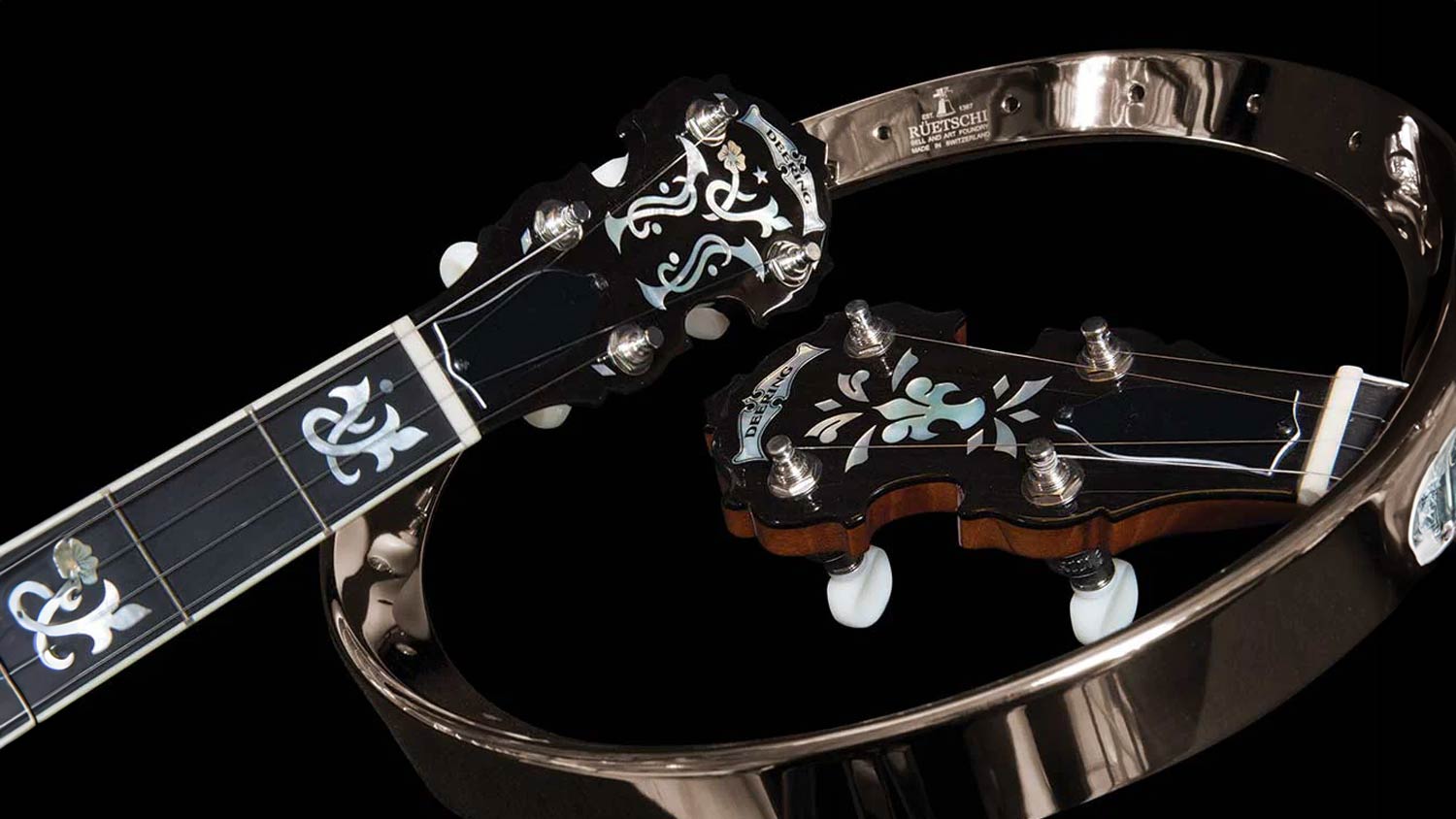

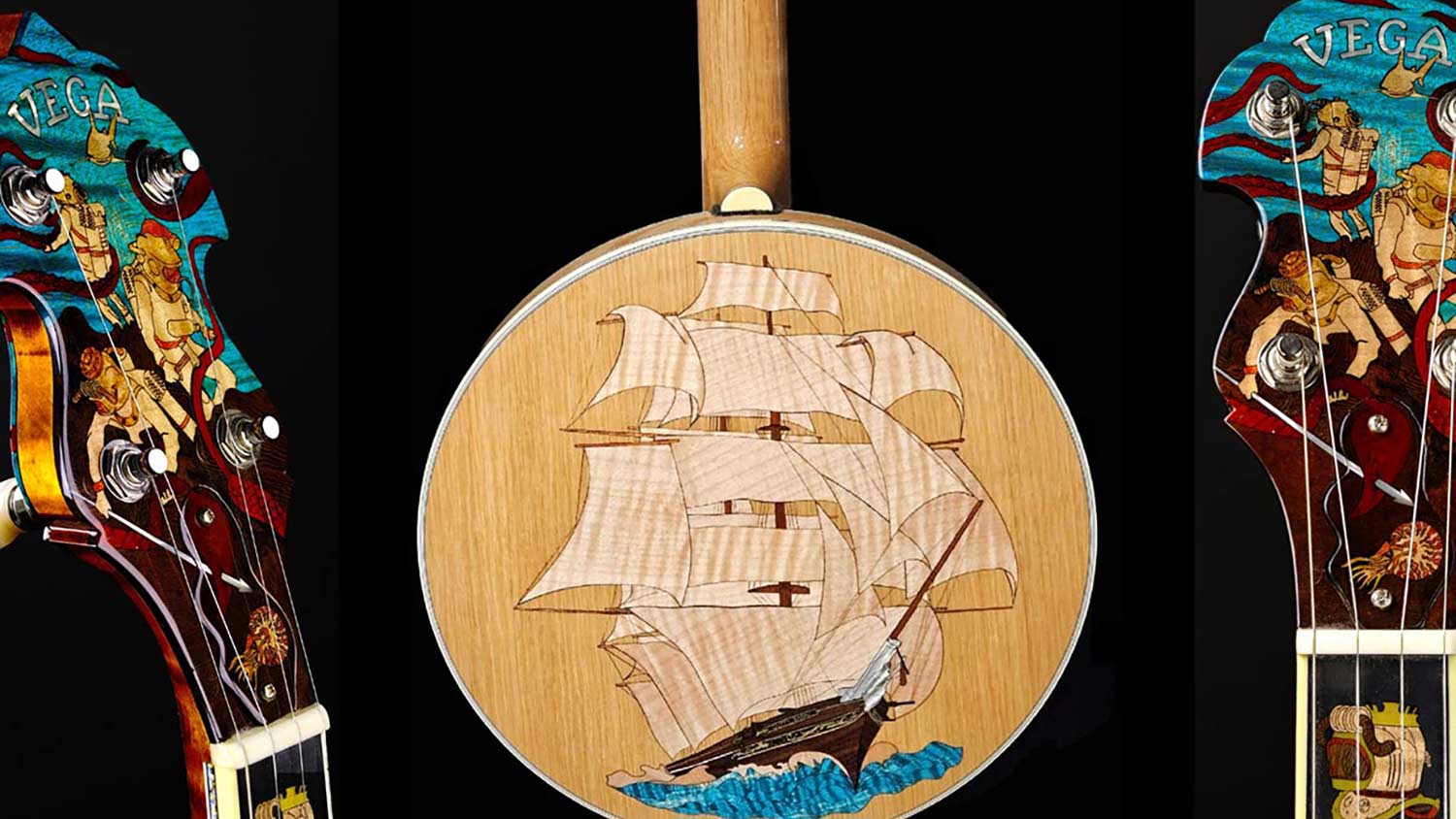





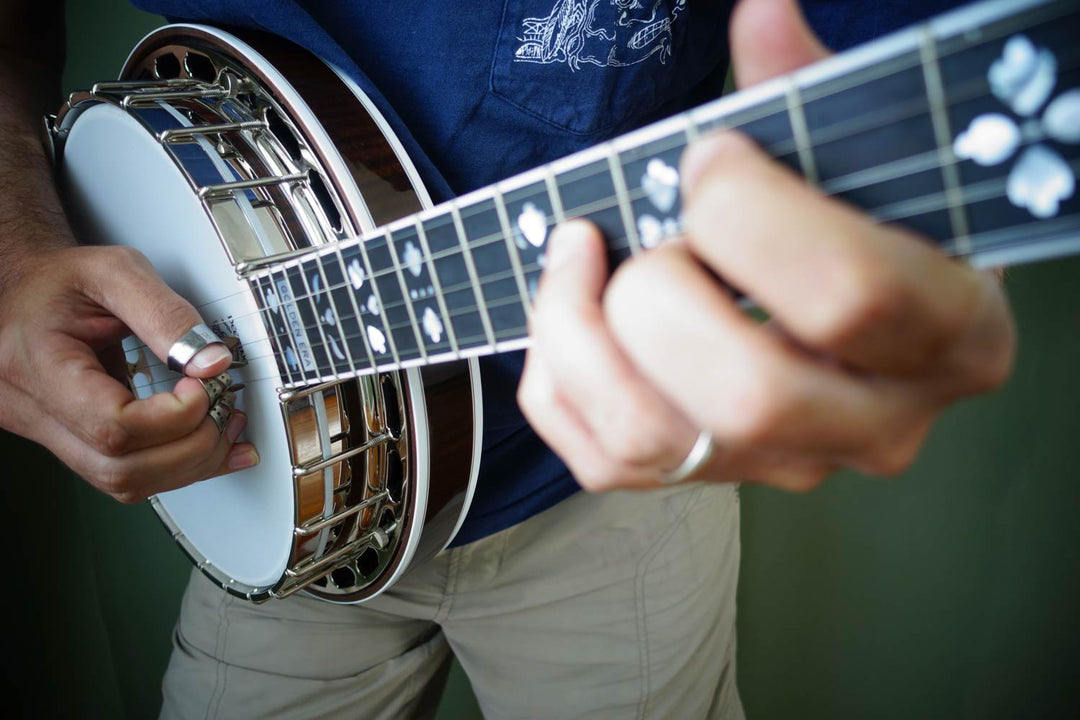
I understand the process of setting the bridge begins with measuring from the nut to the 12th fret.
My question is do you measure to the actual metal fret that indicates the beginning of the 12th fret
or do you measure at the center at the 12th fret. I hope this make sense. Thanks
Some confusing measurements guidance here. 26 3/16” from the nut is a different distance than the equal distance from the 12 fret. 12th fret is 13 3/4” from the nut, so equaling that distance to the bridge would place the bridge at 27.5”. Two very different bridge positions. Which measurement is a better general rule?
I am attempting to properly position my bridge and came across the following conundrum:
The bridge is indeed 26 3/16" from the nut
The distance from the nut to the middle of the 12th fret is 12 12/16"
The distance from the middle of the 12th fret to the bridge is 13 7/16"
Should I move the bridge?
I foolishly removed all of the strings at the same time when I changed them.
thanks , that “harmonics” thing is a great tip, and easy to set up your banjo perfectly
thank you
Leave a comment